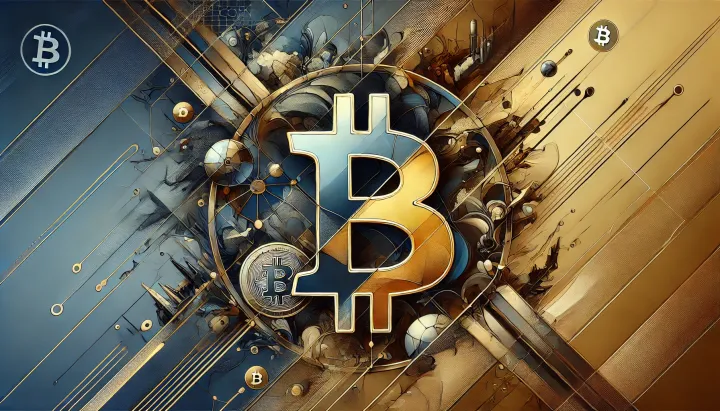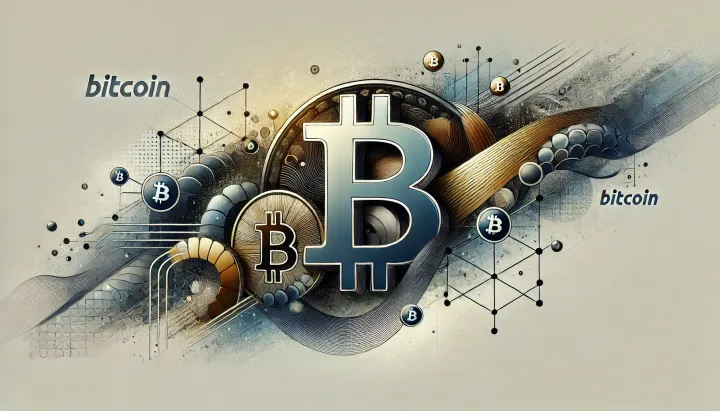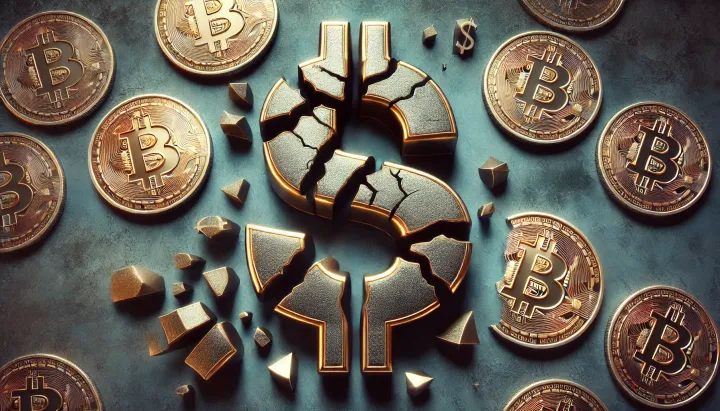Gold and Bitcoin in Deflation: Reserves and Stablecoins
The September 15, 2025 episode of the Robin Seyr Podcast features Dominic Frisby assessing gold and Bitcoin under deflation and reserve realignment. Frisby argues gold anchors unit-of-account stability while Bitcoin scales as a digital bearer asset.

- My 'briefing notes' summarize the content of podcast episodes; they do not reflect my own views.
- They contain (1) a summary of podcast content, (2) potential information gaps, and (3) some speculative views on wider Bitcoin implications.
- Pay attention to broadcast dates (I often summarize older episodes)
- Some episodes I summarize may be sponsored: don't trust, verify, if the information you are looking for is to be used for decision-making.
Summary
The September 15, 2025 episode of the Robin Seyr Podcast features Dominic Frisby assessing gold and Bitcoin under deflation and reserve realignment. Frisby argues gold anchors unit-of-account stability while Bitcoin scales as a digital bearer asset, with adoption shaped by psychology, policy, and market structure. He links stablecoin growth, shifting central-bank reserves, and generational politics to the emerging balance between the two assets.
Take-Home Messages
- Dual Reserve Track: Gold strengthens as an official reserve anchor while Bitcoin gains strategic weight in private and corporate balance sheets.
- Stablecoin Treasury Channel: Expanding stablecoins can sustain demand for U.S. Treasuries but concentrate collateral and policy risk.
- Adoption Sequencing: Bitcoin’s store-of-value role leads; medium-of-exchange use follows slowly as infrastructure and norms mature.
- Policy Divergence: U.S. tolerance for stablecoins contrasts with Europe’s CBDC push, shaping market rails and jurisdictional advantage.
- Market Rebalancing Risk: Large capital rotation from equities to Bitcoin could trigger regulatory responses affecting custody, tax, and access.
Overview
Dominic Frisby positions gold and Bitcoin as complementary responses to fiat debasement and deflation scares. He argues gold’s physical constancy makes it a superior unit of account, while Bitcoin’s digital bearer design fits a scalable, networked economy. He also claims ego often delays adoption, and that Satoshi’s anonymity protects Bitcoin from reputational shocks.
Frisby contends Bitcoin’s medium-of-exchange role will trail its store-of-value function, even as payment tooling improves. Gold, by contrast, retains value storage and accounting roles but lacks digital settlement advantages. He maintains that both assets can coexist as “analog constant” and “digital rail.”
On reserves, he states the dollar’s share has slipped while official gold accumulation has risen, with China likely holding more gold than reported. He links projected stablecoin growth to ongoing Treasury demand, offsetting reduced foreign official buying. He suggests this creates a bridge between digital markets and sovereign debt. [Frisby's perspective is very similar to what I put forward in my recent working paper, Bitcoin Worlds]
Policy shapes trajectories in his view, with U.S. politics friendlier to stablecoins than European CBDC ambitions. He anticipates a future standoff between gold and Bitcoin for reserve relevance, moderated by generational turnover in government. He warns that a sizable capital shift from equities toward Bitcoin could invite regulatory intervention.
Stakeholder Perspectives
- Central banks: Rebalance reserves toward gold while monitoring Bitcoin’s strategic role and volatility.
- Finance ministries and debt managers: Track stablecoin-driven Treasury demand and manage concentration and rollover risks.
- Market regulators and legislators: Prepare guardrails if equity capital migrates to Bitcoin or if stablecoin collateral chains thicken.
- Institutional asset managers: Reassess diversification, liquidity, and custody across gold, Bitcoin, and rate-sensitive assets.
- Payment and custody providers: Build compliant rails for Bitcoin settlement while managing KYC, security, and operational resilience.
Implications and Future Outlook
Gold’s official-sector bid likely persists as a neutral reserve anchor, while Bitcoin’s role grows with institutional custody and treasury adoption. The split creates a dual-track system that hedges policy and technology risk. Jurisdictions that clarify rules for both tracks will attract capital.
Stablecoin expansion can support Treasury demand yet concentrates risk in a narrow collateral set and a few issuers. Supervisory focus will turn to disclosure, liquidity, and programmability constraints. Outcomes will shape cross-border settlement norms for a decade.
If equity capital rotates toward Bitcoin, authorities may adjust tax treatment, leverage limits, and disclosure rules. Such steps would influence portfolio construction and corporate treasury policy. Net effects depend on custody maturity, market depth, and transparent regulation.
Some Key Information Gaps
- What is the true scale of China’s hidden gold reserves? Credible estimates are needed to assess reserve power dynamics and policy options.
- How will stablecoin demand for Treasuries impact U.S. fiscal sustainability? Understanding duration, liquidity, and issuer concentration is vital for debt management.
- Would revealing Satoshi’s identity destabilize Bitcoin’s trust and adoption trajectory? Testing narrative and governance resilience informs contingency planning.
- How will generational turnover in politics shift institutional attitudes toward Bitcoin? Mapping policy preferences clarifies adoption timelines and regulatory paths.
- Would large-scale capital migration from equities to Bitcoin destabilize stock markets? Modeling flow thresholds and feedback loops can guide prudent safeguards.
Broader Implications for Bitcoin
Monetary Architecture Bifurcation
A durable split between analog reserves (gold) and digital reserves (Bitcoin and stablecoin rails) would redefine hedging and liquidity backstops. States could hold gold for neutrality while firms and sub-sovereigns adopt Bitcoin for settlement efficiency and treasury optionality. This layered design may reduce single-asset reserve fragility but raise coordination complexity.
Debt Markets and Programmable Collateral
Stablecoins that warehouse short-dated Treasuries could institutionalize a new buyer base but import run and governance risks. Supervisory regimes will likely demand tighter disclosure, liquidity ladders, and circuit breakers for redemptions. The result could be a programmable collateral standard that reshapes money-market plumbing across borders.
Corporate Treasury Reoptimization
As firms weigh gold’s accounting stability against Bitcoin’s liquidity and upside, treasury playbooks may segment by horizon. Operational cash stays fiat, risk buffers lean to gold, and strategic reserves tilt toward Bitcoin under defined risk limits. This tri-bucket model would influence audit practices, exchange listings, and credit analysis.
Geopolitics of Neutral Settlement
Energy and commodity exporters may trial Bitcoin-settled trades to diversify away from sanctions-exposed rails. Parallel gold-linked accounting can provide neutrality while Bitcoin enables faster finality and reduced correspondent risk. Such hybrids could shift bargaining power in trade finance and reserve negotiations.
Behavioral Finance in Policy Design
Ego, loss aversion, and status-quo bias affect adoption curves and policy acceptance. Public communication and phased on-ramps that acknowledge these biases can accelerate safe uptake while limiting backlash. Expect pilot programs, opt-in tax treatments, and default-based nudges to feature prominently.
Financial Stability Tooling
Risk monitors must evolve to track on-chain flows, stablecoin liquidity, and cross-market transmission channels. Stress tests that integrate Bitcoin price shocks, stablecoin redemption waves, and Treasury market depth will become standard. This tooling can lower intervention frequency by making vulnerabilities visible earlier.



Comments ()